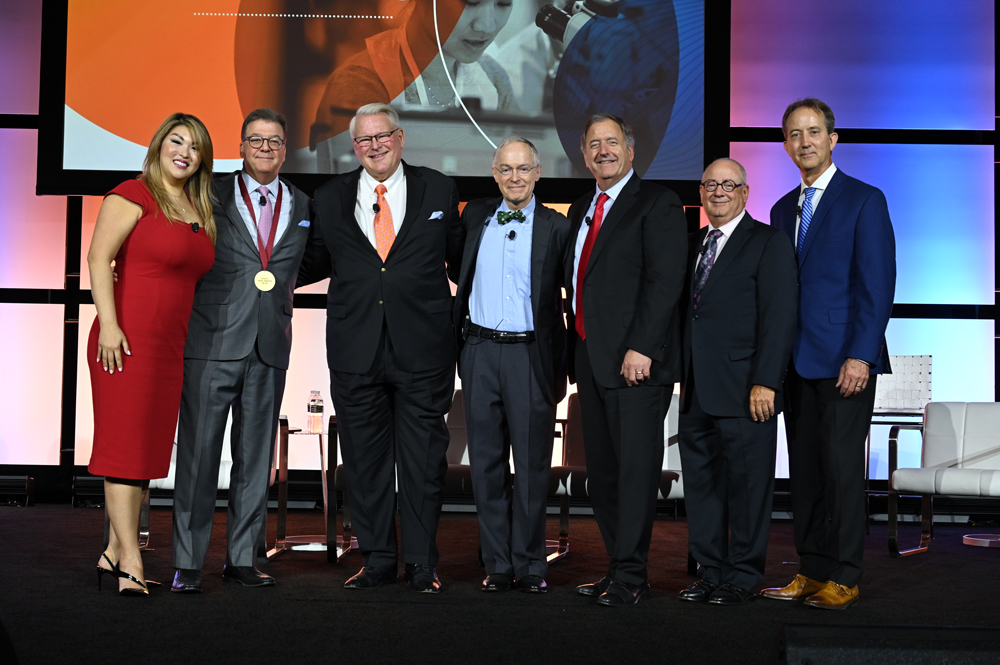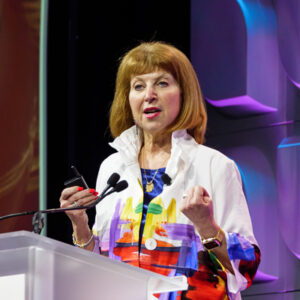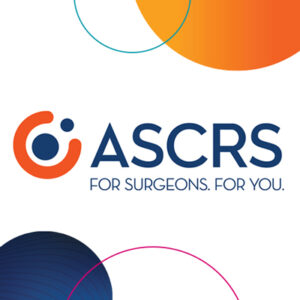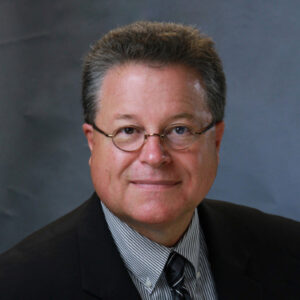ASCRS News: 2021 ASCRS Annual Meeting
September 2021
by Ellen Stodola
Editorial Co-Director
Elizabeth Yeu, MD, began the inaugural Lindstrom Symposium at the ASCRS Annual Meeting by introducing Richard Lindstrom, MD, highlighting his career and many accomplishments. “Today we honor one of the most influential contributors in ASCRS history,” she said, adding that Dr. Lindstrom has been at the forefront of ophthalmology’s revolutionary changes. One of his contributions to ASCRS was to urge and guide the formation of the ASCRS non-profit foundation.
In a video introduction, Dr. Lindstrom shared his family history and how he decided to go into medicine and ophthalmology. He built one of the first academic private practices in the country. Now, he spends much of his time in innovation as an inventor and investor trying to find solutions to unmet needs.
The session featured presentations in the different areas of Dr. Lindstrom’s ophthalmic interests: cornea, cataract, refractive, glaucoma, and the business/industry of ophthalmology.
Edward Holland, MD, gave the Richard L. Lindstrom, MD, Lecture, calling it “one of the highlights of my career.” Dr. Holland discussed his first clinical rotation as a resident in 1981 on Dr. Lindstrom’s cornea service where Dr. Lindstrom was seeing about 100 patients a day and performing cutting-edge surgery and research.

Source: ASCRS
As a second-year resident, Dr. Lindstrom suggested Dr. Holland do a cornea fellowship elsewhere and return. Dr. Holland did two fellowships, one at the University of Iowa and one at the National Eye Institute. Back at the University of Minnesota, Dr. Holland helped build the high-risk cornea service with Dr. Lindstrom.
There were two groups of high-risk corneal patients, immunologic and severe ocular surface disease. At the time, the existence of limbal stem cells was not known.
With the lack of stem cells, Dr. Holland said, there are persistent epithelial defects, corneal scarring and ulceration, conjunctivalization of the cornea, severe visual loss, and chronic pain. Primary keratoplasty fails in every case due to lack of corneal epithelialization.
After the discovery of limbal stem cells and the understanding of their function, ocular surface stem cell transplantation tissue techniques were invented, including autografts and allografts.
However, the next challenge was ocular surface stem cell transplant rejection. The solution was to adopt and embrace systemic immunosuppression protocols, as are used in organ transplantation. Dr. Holland shared information on the history of immunosuppression and how to address some of the challenges of preventing rejection and reducing the side effects of immunosuppression.
In 2000, Dr. Holland moved to Cincinnati, Ohio, which offered him a unique hybrid of academics and private practice with dual appointments at the Cincinnati Eye Institute and the University of Cincinnati. He described his collaboration in Cincinnati, working on ocular surface transplantations and building a team based on organ transplantation.
The “Cincinnati Protocol” includes adapting and embracing systematic immunosuppression, partnering with renal transplant specialists and adopting their principles, hiring a transplant coordinator, and building a team of specialists.
Dr. Holland also collaborated with Dr. Lindstrom on injectable endothelial cell therapy, which has the potential for one donor cornea to supply enough endothelial cells for hundreds of patients. This could change eye banking worldwide, Dr. Holland said, and this technique could help solve world corneal blindness. He described the procedure and the history of research in this area. Dr. Holland and Dr. Lindstrom are now working with Aurion Biotech on this research.
Other presentations in the session included one from Stephen Lane, MD, discussing business and industry relations. He noted that while many innovations have been incubated in labs, others originate in day-to-day practices by clinicians who have recognized an unmet need. Ideas are easy, he said, but translating them to action is the difficult part. Dr. Lane said it is inspiring to see the talent of his colleagues in ophthalmology and physicians who recognize the unmet needs of patients and collaborate with industry to bring products forward to benefit patients.
Vance Thompson, MD, gave the refractive presentation. One of the things he highlighted was the importance of listening to patients, in addition to test results. He shared his “Bill of Sights:”
- Ask every patient about eye rubbing and pillow diving.
- Invest in modern day diagnostics.
- Approach the diagnosis of dry eye as “guilty until proven innocent.”
- Educate patients on all of their non-surgical and surgical visual options.
- Respect image quality and refractive endpoint.
- Get to know the patient well enough to make the “If I were you” recommendation.
- If you do their best option, do it well; if you don’t do their best option, refer.
- Do quality surgery.
- Finish the refractive job you started with attention to both image quality and refractive goal.
- Take care of your unhappy patients.
The glaucoma presentation from Thomas Samuelson, MD, covered glaucoma in relation to cataract surgery. MIGS was born at the crossroads of cataract and glaucoma surgery, he said, and it was here that Dr. Samuelson said that Dr. Lindstrom had profound influence on him as a young glaucoma surgeon. Dr. Samuelson was Dr. Lindstrom’s first partner at Minnesota Eye Consultants 30 years ago. One tip that Dr. Samuelson offered was “to better help your glaucoma patients, master phaco,” and he credited Dr. Lindstrom in helping him transition from the extracapsular surgery of his training to small incision phaco. Without the advances in cataract surgery, many of which Dr. Lindstrom helped pioneer, MIGS would not have happened, he said.
Douglas Koch, MD, gave the cataract presentation, discussing IOL calculations in 2021, progress, and limitations. Dr. Koch said there are several sources of error in calculations today. He highlighted effective lens position (ELP). Ray tracing, he said, is ideally the best option because it incorporates all the aberrations, but it doesn’t provide a unique solution to the ELP quandary. Outcomes are no better than other best formulas. Dr. Koch said that OCT can be used to measure eyes preoperatively and intraoperatively. But no studies have shown superior IOL calculation accuracy, and ELP shifts postoperatively, he said.
Relevant disclosures
Holland: Aurion Biotech
Koch: Alcon, Carl Zeiss Meditec, Johnson & Johnson Vision, Perfect Lens
Lane: Alcon
Lindstrom: Aurion Biotech, Glaukos, Minnesota Eye Consultants, Unifeye Vision Partners
Samuelson: None
Thompson: None
Yeu: None



